When Fiction Becomes Reality: Davonn Hodge & the “Baby” of Brenda’s Got a Baby
For decades, Tupac Shakur’s “Brenda’s Got a Baby” has been regarded as a searing narrative, a cautionary tale, and a social commentary rolled into one. The song paints a tragic portrait of a 12-year-old girl, abandoned and unsupported, who gives birth clandestinely and discards her newborn in a trash chute. Published reports at the time suggested the inspiration was drawn from real news stories.
Yet, until recently, the identity of that baby — the one “Brenda got” — remained entrenched in speculation. That changed with the investigative efforts of biographer Jeff Pearlman, whose upcoming book Only God Can Judge Me (excerpted by GQ) sparked renewed attention on this decades-old mystery.
The Discovery: Pearlman, DNA & Reunions
Pearlman credits a researcher, Michele Soulli, for tracing what would become the pivotal lead: Davonn Hodge, born in 1991, now living in Las Vegas, showed potential alignment as the “baby” in Pac’s song.
Pearlman recounts sending a blunt text to Davonn in March 2023:
“Is this the Davonn Hodge born in NYC in 1991?”
His response: “Yes.”
Then: “Have you ever been thrown in a trash chute?”
“I will call you tomorrow.”
That call was the beginning of a detailed unraveling of identity.
Davonn’s life had taken him through adoption by Robert and Marsha Hodge, who later passed away. He had been raised first in Brooklyn, then relocated with his adoptive family to Las Vegas.
In March 2022, feeling untethered after losing his adoptive parents, Davonn submitted a DNA test through Ancestry. The results connected him to cousins in Brooklyn, one of whom approached him with a startling question: “Do you know you might be the baby from Tupac’s song?”
This is an absolutely insane story behind Tupac’s “Brenda’s Got a Baby” 🤯
Jeff Pearlman tracked down Davonn Hodge — the real baby the song was written about. What happened after that is truly unbelievable. pic.twitter.com/qttRiPsKyu
— Ariel Helwani (@arielhelwani) October 15, 2025
Soon after that revelation, Davonn travelled to Brooklyn for a reunion with family in Brownsville — the same general area referenced in Brenda’s setting. The emotional reception was immediate. He later met his birth mother, Jeanette, in Las Vegas — in what some consider a full-circle moment. In that meeting, Jeanette bore a tattoo on her arm: “DAVONN” with a crown.
Pearlman draws poetic geography into the narrative: their reunion took place less than a mile from the site of Tupac’s 1996 shooting — an eerie convergence of tragedy, art, and identity.
Voices from the Past: Ethel Love & Her Reflection
While Davonn’s own recorded voice is not yet widely available, Ethel Love, who portrayed the character Brenda in the original music video, has spoken in multiple interviews about her experience and the enduring relevance of the song.
In an interview with KQED, Love noted:
“It was easy because it was similar to my life already.”
“I’d already been a mother; I understood those emotions.”
She also described arriving on set without having heard the song or read a script — the role was shaped in real time by cues and emotional memory.
Over time, the weight of “Brenda’s Got a Baby” has followed her: she recalls being recognized in public, having strangers approach, and the hard questions from peers.
As a mother and mentor, Love has reflected on how the song’s themes — teenage pregnancy, neglect, broken systems — still resonate in communities today.
View this post on Instagram
What We Haven’t Heard (Yet)
-
As of this writing, no widely circulated audio or video interview from Davonn Hodge directly (on camera or voice) has been published confirming his perspective in his own words.
-
Public statements or recorded reflections from Jeanette (his birth mother) are similarly rare or private.
-
Pearlman’s full book Only God Can Judge Me is expected to include deeper recorded interviews and possibly transcripts that may shed more light.
The New Meaning of “Brenda’s Got a Baby”
The revelation surrounding Davonn Hodge transforms “Brenda’s Got a Baby” from a fictional or composite social commentary into something far more tangible. The song, once a moral parable, now echoes with real-life consequence.
For Davonn, the discovery is more than identity — it’s closure, reclamation, and healing. For Tupac’s legacy, it underscores the power of art to mirror life, even decades later.
As new interviews and recordings surface — especially Hodge’s own voice — this story will evolve further. When they do, we’ll be ready to document it.
Share this content:
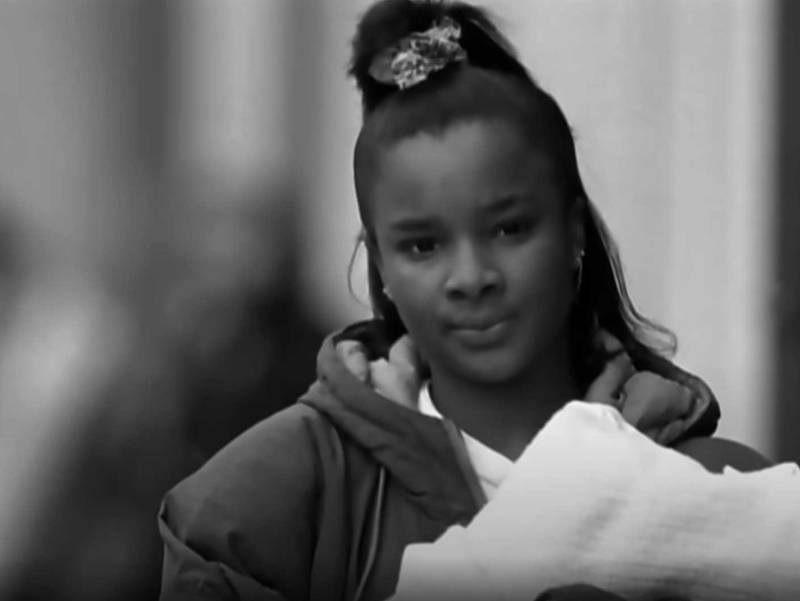

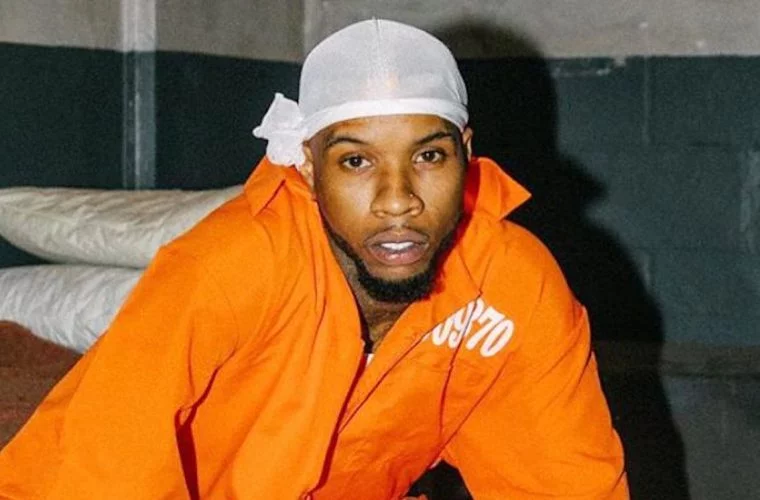
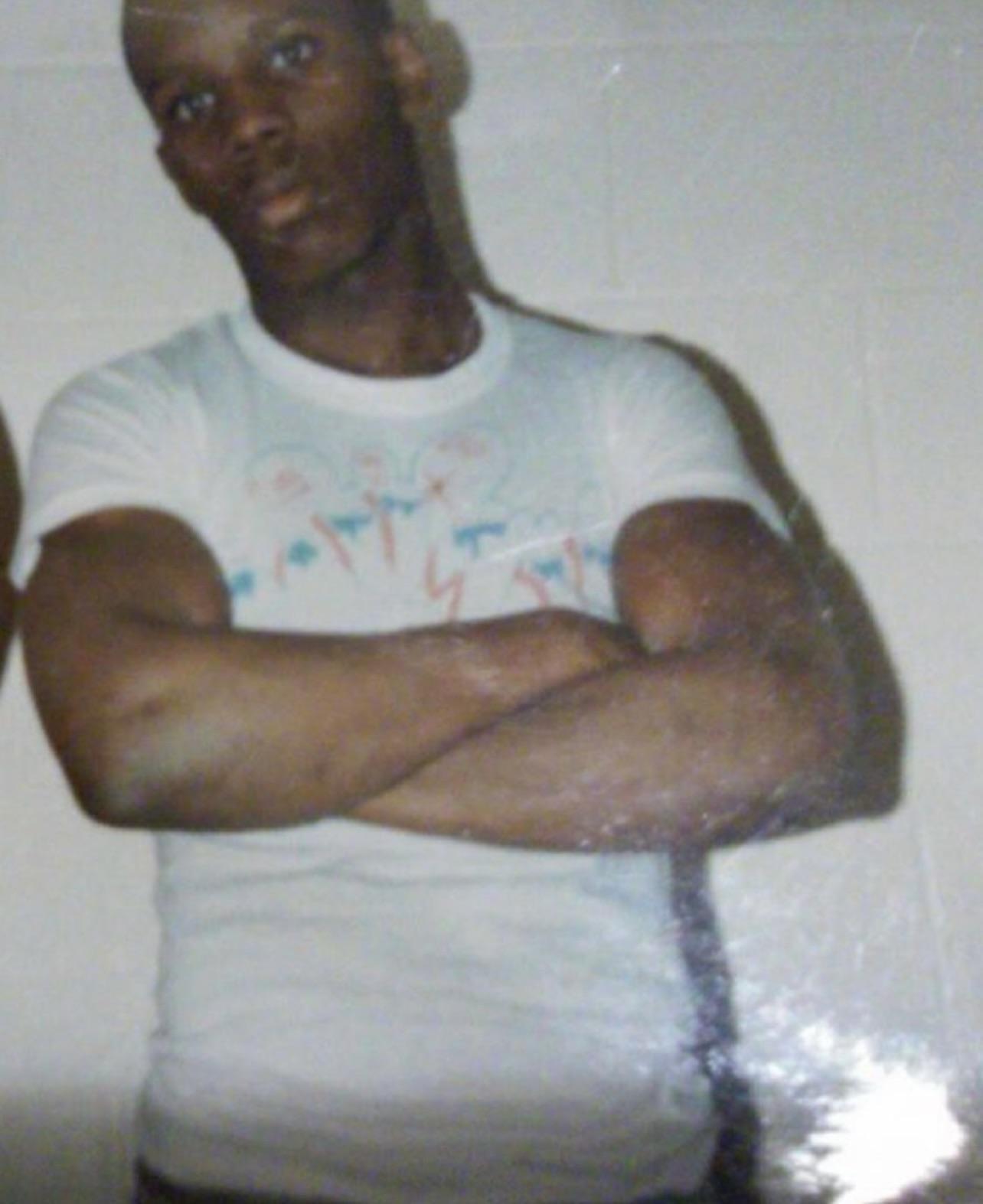

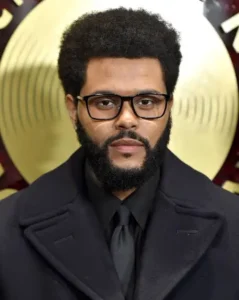
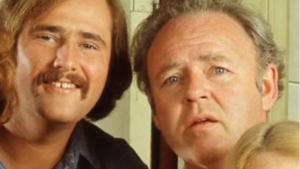


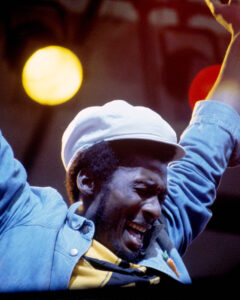



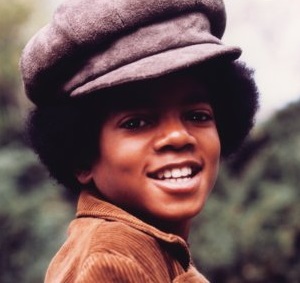
Post Comment